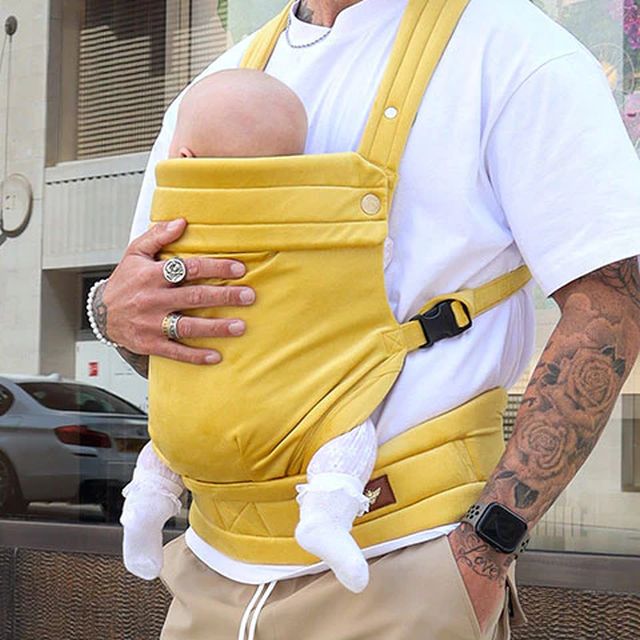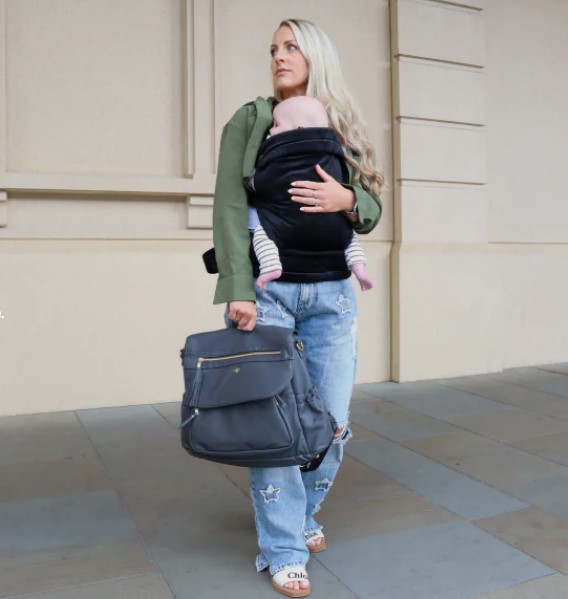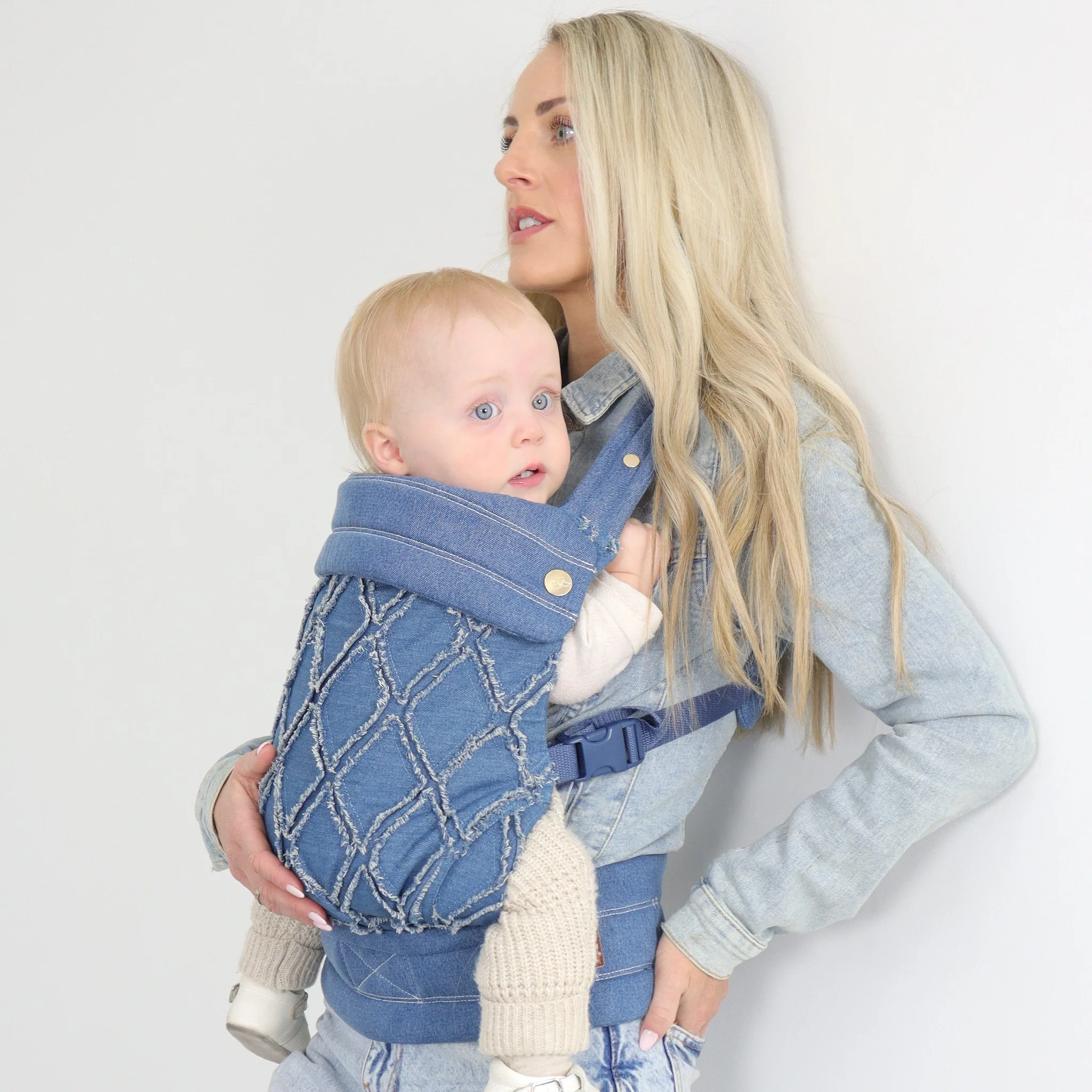Did you know that improper babywearing can affect your child’s breathing? Studies show that poor positioning can put unnecessary pressure on a baby’s neck and chest. The good news is that it’s easy to avoid with the right guidance.
Key Points:
- Proper positioning is the foundation of secure carrying.
- Always monitor your child’s head and neck alignment.
- Check for visible faces and open air passages.
- Use structured carriers designed for ergonomic support.
- Regularly adjust straps for comfort and safety.
The Importance of Proper Positioning for Clear Breathing

Correct positioning ensures that your child’s chin isn’t tucked against their chest, which can restrict airflow. Aim for an upright posture, with their back supported and head resting comfortably.
When choosing baby carriers, opt for those designed to keep your little one upright, with strong head support. Structured options distribute weight evenly, preventing slouching.
Key Signs of Proper Positioning:
- Chin off the chest, allowing for clear airflow
- Face visible at all times
- Nose and mouth uncovered
- Back well-supported with slight natural curve
Why the ‘Visible and Kissable’ Rule Matters
A simple rule: can you see your child’s face without adjusting the carrier? Can you kiss the top of their head easily? If yes, you’re on the right track.
Quick Visual Checks:
- Face is clear, not pressed into fabric.
- Head is close enough to kiss without strain.
- Chest snug against yours but not compressed.
Choosing the Right Carrier to Support Breathing

Not all carriers are created equal. Look for designs that support natural hip positioning and an upright posture.
Carrier Features to Prioritize:
- Firm back panel for support
- Adjustable straps for customized fit
- Breathable fabric to prevent overheating
- Wide seat base to support natural hip development
Regular Adjustments Are Non-Negotiable
As your child grows, their needs change. Even a slight shift in position during a nap can affect airflow.
Tips for Regular Adjustments:
- Re-check positioning every 30 minutes.
- Adjust straps if you notice slouching.
- Listen for quiet, steady breathing.
The Role of Head and Neck Support in Preventing Airway Obstruction
Newborns lack strong neck muscles, making head support essential. Without it, their heads can flop forward, restricting airflow.
Support Strategies:
- Use carriers with built-in headrests.
- Place a rolled-up cloth for added neck stability.
- Ensure the head is turned to the side if asleep.
Recognizing Signs of Airflow Restrictions
Knowing the warning signs can prevent emergencies.
Red Flags to Watch For:
- Grunting or noisy breathing
- Flared nostrils with each breath
- Blue tint around lips
- Unusual fussiness or lethargy
If you notice any of these signs, remove your child from the carrier immediately and reposition.
Practical Tips for Everyday Wear
- Dress your child in light layers to avoid overheating.
- Check their face frequently, especially when outdoors.
- Avoid covering their head with scarves or bulky hoods.
- Stay alert during car rides—never leave a child in a carrier while seated.
What Pediatricians Recommend
Many pediatricians advocate for upright, ergonomic carriers. They emphasize keeping your child’s airway open by maintaining proper head, neck, and back alignment.
Pediatrician-Endorsed Practices:
- Choose carriers that allow for natural sitting positions.
- Avoid slings that cradle the child in a deep “C” shape.
- Follow manufacturer instructions for weight and positioning limits.
Conclusion

Your child’s breathing is too important to leave to chance. By selecting the right carrier, checking positioning regularly, and knowing the signs of restricted airflow, you create a secure, nurturing environment.
Carrying your child close is one of the most rewarding experiences. With simple adjustments and awareness, you can make it both comforting and secure.

